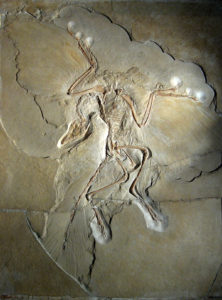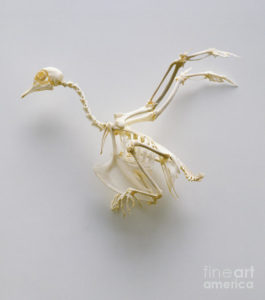This post is written against this page under the Earth Science tab on evolutionthelie.com.
Yet another article, yet another link that leads to an article that has since been taken down for this or that reason. I cannot help but hypothesize that the article was criticized for the quality of science therein, but that’s neither here nor there.
This post concerns the potential misinterpreting of the geological record by geologists and Earth Scientists over time, providing misleading conclusions as to the age of different findings. The post author claims that comparisons that have been made between the “buried forests” of Mt. St. Helens, created in the late 20th century, and the “buried forests” of Yellowstone National Park, suspected to be hundreds of thousands of years old, indicates that the “buried forests” of Yellowstone may in fact be far more recently formed than originally thought.
For all intents and purposes, I am going to assume that by “buried forests” the author means the uncovering of petrified wood that has been preserved for decades, even millennia. As I said above, the article this post references has since been removed from its place on the internet and is thus difficult to interpret. My criticism, though, comes from this link, explaining the petrified wood that has been found on Specimen Ridge in Yellowstone. According to this source, fossilized plants have been uncovered that, by radiometric dating, have been found to be approximately 48 million years old. It is difficult to rationalize how a 48 million year old plant could be in an environment that is only decades old, as the post claims. I think that, quoting a previous post on evolutionthelie.com, if it looks like a duck and sounds like a duck…

